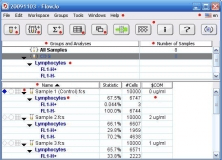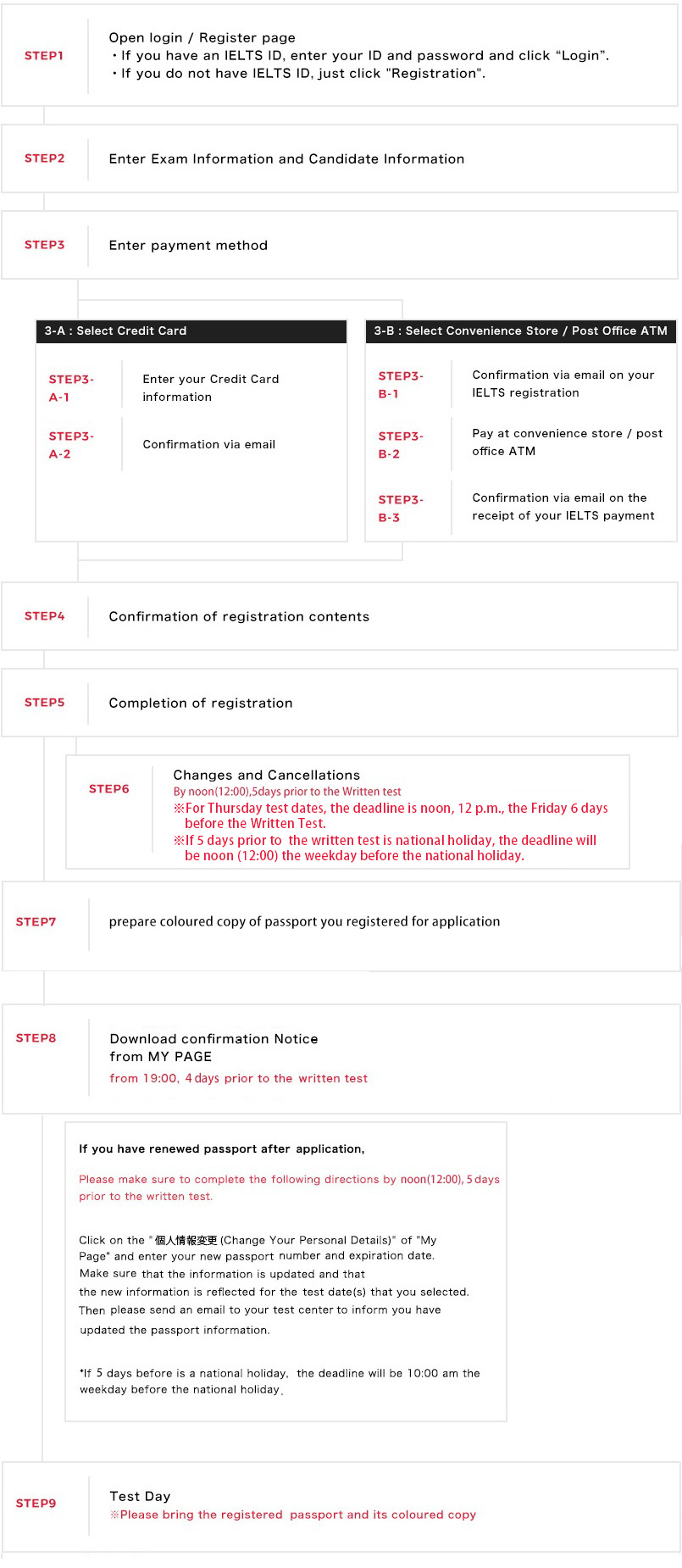

Although the majority of CCM cases are sporadic, approximately 20% are inherited as an autosomal dominant trait and, different from sporadic cases, the inherited disease manifests with multiple lesions. CCMs are among the most common vascular malformations of the Central Nervous System (CNS) with an estimated prevalence ranging from 0.4 to 0.9%, mostly detected in adolescents and young adults. Our findings reveal an increase in circulating Th17/Tc-17 cell subsets expressing functional TLR2 and, mainly, TLR4 molecules, associated with an increase in memory B-cell subsets in CCM patients with clinical activity of the disease.Ĭerebral cavernous malformations (CCM), or cavernous angiomas, are vascular lesions consisting mainly of clusters of grossly dilated brain capillaries presenting altered permeability due to the loss of tight junctions and muscular and elastic tissues, which predisposes patients to increased risk of hemorrhagic stroke, epilepsy and other neurological disorders. Concerning the B-cell subsets, a higher frequency of memory and memory activated B-cells was observed in CCM Sympt patients. Furthermore, in comparison with asymptomatic patients, purified T-cells from the CCM Sympt group released higher levels of Th17-related cytokines in response to Pam3C and, mainly, LPS, as well as after activation via TCR/CD28. Both Pam3C and LPS were more able to elevate the frequency of IL-6 +CD4 +T cells and Th17.1 cells in CCM Sympt cell cultures.

By contrast, the percentage of TLR4 + IL-10 +CD4 + T cells was higher in the CCM Asympt group. In addition, an elevated proportion of TLR4 + Tc-1 cells, as well as Tc-17 and Th17.1 cells expressing TLR2 and TLR4, was observed in the symptomatic patients. With regard to the cytokine profile, the percentage of TLR2 + and TLR4 + Th17 cells was higher in CCM Sympt patients. ResultsĬCM Symptc patients presented a higher frequency of TLR4 +(CD4 + and CD8 +) T-cells and greater density of TLR4 expression on these cells.

T-cells were stimulated in vitro with anti-CD3/anti-CD28 beads or TLR2 (Pam3C) and TLR4 (LPS) ligands. Methodsįor our study, the cytokine profile from TLR2 + and TLR4 + T-cell and B-cell subsets in CCM Asympt and CCM Sympt patients was investigated using flow cytometry and ELISA. As T-cells and B-cells are found in CCM lesions, the objective of the present study was to evaluate the cytokine profile of T-cells expressing TLR2 and TLR4, as well as B-cell subsets, in asymptomatic (CCM Asympt) and symptomatic (CCM Sympt) patients. Elevated frequency of TLR +T-cells has been associated with neurological inflammatory disorders. Recent evidences have suggested the involvement of toll-like receptor (TLR)-4 in the pathogenesis of cerebral cavernous malformations (CCM).


 0 kommentar(er)
0 kommentar(er)
